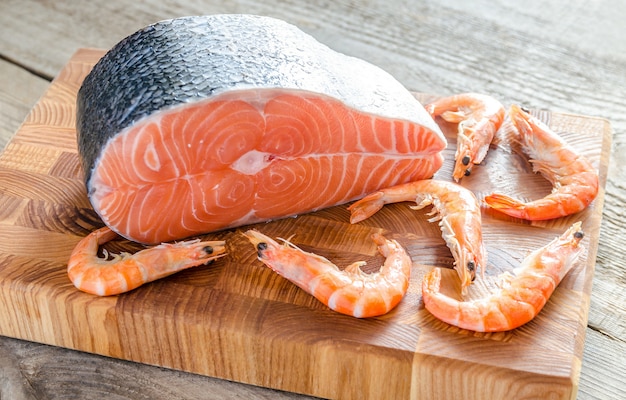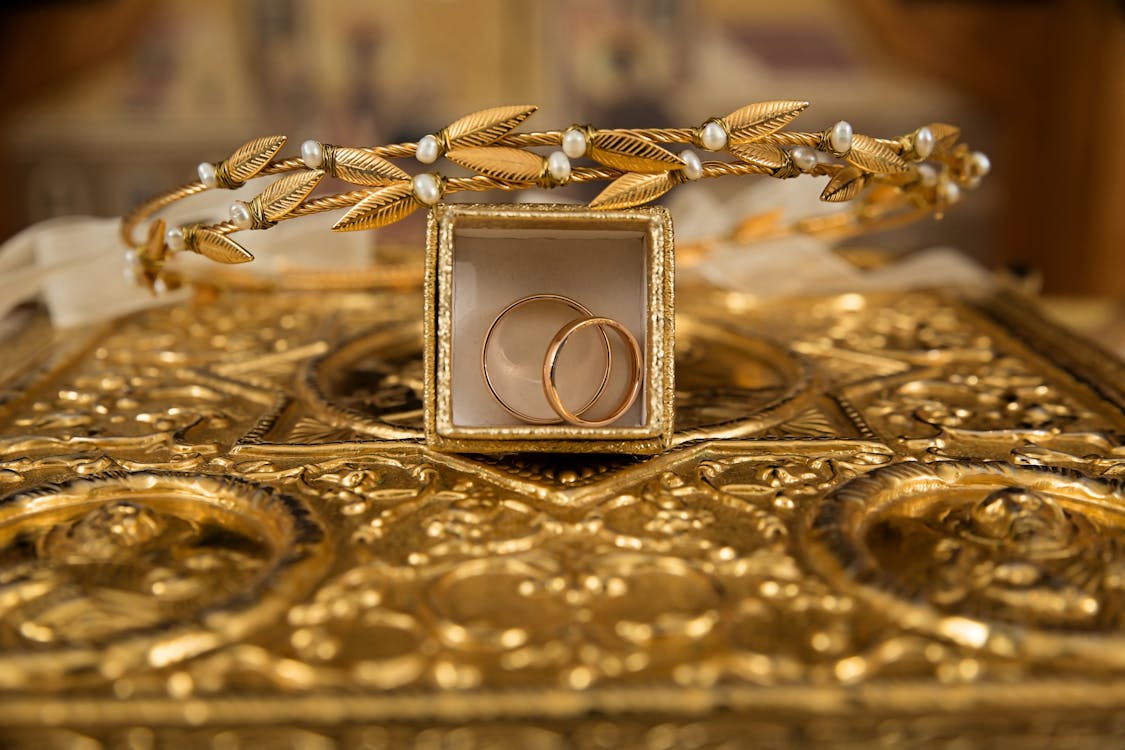How are Atlantic and Pacific salmon related, and how do their life cycles differ?
As their names suggest, Atlantic salmon originates from the Atlantic Ocean, while Pacific salmon is from the Pacific Ocean. Atlantic and Pacific salmon belong to the Salmonidae family, but Pacific salmon belongs to the genus Oncorhynchus, while Atlantic salmon (Salmo salar) are the largest members of the genus Salmo. Atlantic salmon is more closely related to certain trout species, such as brown trout (Salmo trutta), than to Pacific salmon.
There is only one species of Atlantic salmon, and the members of this species are silver with large black spots on their gills and back. The five species of Pacific salmon are pink salmon, also known as humpback; chum salmon, also known as dog salmon; sockeye, also known as sockeye; silver salmon, also known as coho; and real salmon, also known as chinook. Pacific salmon, like Atlantic salmon, is elegant and silver in its marine phase, but once they enter freshwater, they undergo significant physical changes, and each species has distinctive markings. The photos below show a red salmon in the marine phase and in the spawning phase when the salmon returns to fresh water.
The life cycles of natural populations of Atlantic and Pacific salmon are similar. Atlantic salmon spent one to four years in the ocean before spawning again in the freshwater stream where they hatched. However, one big difference is that Atlantic salmon does not always die after spawning. Pacific salmon are semelparous, which means they die after spawning. Atlantic salmon is iteroparous, which means it could recover, return to the sea, and repeat the pattern of migration and spawning. However, spawning has a high physiological cost to a salmon, and most Atlantic salmon do not survive to spawn a second or third time.
Are Atlantic or Pacific salmon healthier to eat?
The controversy revolves around the health benefits of eating Atlantic and Pacific salmon. However, this debate has nothing to do with wild Atlantic salmon. Most of the salmon sold in the United States is farmed Atlantic salmon. The salmon sold as “wild” salmon is Pacific salmon. Sadly, most wild Atlantic salmon stocks were wiped out or severely depleted years ago by overfishing, but in some places, these wild stocks are recovering.
The question then is whether farmed salmon or wild salmon are healthier to eat, or is it important?
What are the health differences between eating wild or farmed salmon?
Salmon is good for you. Both wild and farmed salmon are rich in Omega-3 fatty acids, a fat with many health benefits. However, farmed salmon also has other fats that are not as good for humans. A half pound fillet of wild salmon has 281 calories, while a half pound fillet of farmed salmon contains 412 calories. Farmed salmon is loaded with twice as much fat as wild salmon and three times as much saturated fat. Wild salmon contains more calcium, iron, potassium, and zinc and less sodium than farmed salmon. Depending on the farm, farmed salmon may have higher levels of contaminants than wild salmon, but biologists believe farmed salmon is safe to eat.
If you have a choice, most experts agree, eat wild salmon, but farmed salmon is better than no salmon, and farmed salmon is more readily available, can be found year-round, and generally costs less.

I think the biggest difference is the taste. Wild Pacific king salmon has a rich and robust flavor, while farmed salmon often has a mild flavor.
Could farmed fish threaten native species?
One of biologists’ biggest concerns about farmed salmon is that salmon will escape from their pens and become an invasive species. No one knows how these farmed salmon could affect wild salmon populations, but biologists fear farmed salmon may spread parasites and disease. Atlantic and Pacific salmon cannot interbreed because they belong to different genera, but these salmon have similar life cycles. Would runaway farm fish compete with native fish for habitat and food?
In 2017, 300,000 Atlantic salmon escaped from a farm on the San Juan Islands in Puget Sound, Washington, and alarmed Alaska biologists Fish and Game sent an alert to all fishermen to be on the lookout for invasive Atlantic salmon.





